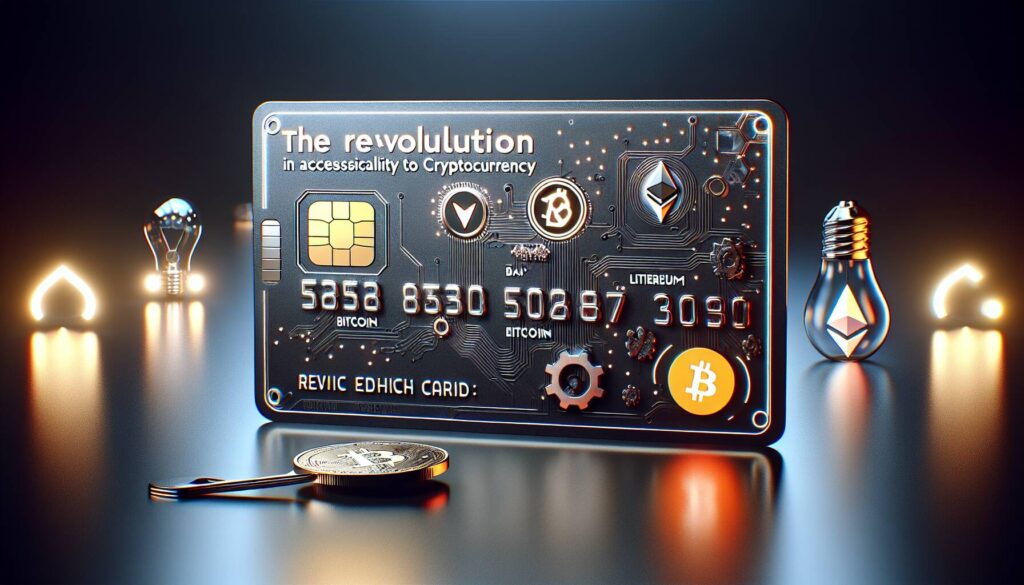In a recent research report from JPMorgan, the investment landscape for Bitcoin (BTC) has taken an intriguing turn, as the cryptocurrency is now seen as trading at a significantly attractive value compared to gold. According to the bank’s findings, Bitcoin’s six-month rolling volatility has experienced a dramatic decline, dropping from nearly 60% at the beginning of the year to around 30%—the lowest volatility recorded to date.
This reduction in volatility means Bitcoin is now just twice as volatile as gold, a notable milestone that experts believe enhances its appeal for institutional investors. On a volatility-adjusted scale, JPMorgan suggests that Bitcoin’s market capitalization needs to increase by roughly 13%, bringing the price to about $126,000, in order to align with gold’s substantial $5 trillion in private investment. Currently, the bank estimates Bitcoin is undervalued by about $16,000 when compared to gold, indicating potential for price appreciation.
“Corporate treasuries are increasingly adding Bitcoin to their portfolios, now holding over 6% of the total supply,” noted JPMorgan analysts, underscoring a trend reminiscent of past central bank actions that impacted bond markets.
The report highlights a wave of corporate adoption, with companies increasingly integrating Bitcoin into their financial strategies. Noteworthy developments include Metaplanet’s inclusion in FTSE Russell’s mid-cap category, thereby expanding its reach into global benchmarks, as well as Nasdaq-listed Kindly MD’s ambitious plan to raise up to $5 billion following its $679 million Bitcoin acquisition.
Moreover, new players in the space, such as Adam Back’s firm, are venturing into the competitive arena, looking to rival established positions like those of MARA Holdings, further contributing to the dynamic evolution of the cryptocurrency landscape.

Bitcoin’s Valuation Relative to Gold
Key insights from JPMorgan’s research on Bitcoin and its relationship with gold:
- Volatility Decline: Bitcoin’s six-month rolling volatility has decreased from nearly 60% to about 30%, marking the lowest on record.
- Relation to Gold: Bitcoin is now only twice as volatile as gold, which is the lowest ratio ever observed.
- Institutional Appeal: Bitcoin’s decreasing volatility enhances its attractiveness for institutional investment portfolios.
- Market Cap Growth Potential: On a volatility-adjusted basis, Bitcoin’s market cap may need to increase by 13%, suggesting a price target of approximately $126,000 to match gold’s investment size.
- Undervaluation Signal: Bitcoin is currently seen as undervalued by around $16,000 compared to gold, indicating potential for price appreciation.
- Corporate Treasuries Increasing Holdings: Corporate treasuries now hold over 6% of Bitcoin’s total supply, contributing to the asset’s stability and legitimacy.
- Impact of Equity Index Inclusion: Increased corporate adoption leads to passive capital inflows as companies like Metaplanet and Kindly MD gain index inclusion.
- New Competitive Entrants: New firms aiming to rival established positions in Bitcoin treasury management indicate growing interest in sustaining Bitcoin’s market presence.
Analysts suggest that the convergence of Bitcoin’s volatility to levels closer to gold may reshape investment strategies and perceptions of digital assets.
Bitcoin’s Volatility and Institutional Appeal: A New Frontier
JPMorgan’s recent analysis positions Bitcoin as an increasingly attractive asset, especially as its volatility dips to record lows. This decreasing volatility, now only twice that of gold, suggests a shift in perception among institutional investors. Notably, the bank indicates that Bitcoin could experience significant appreciation, projecting a price around $126,000 to align its market cap with gold’s substantial private investments.
Competitive Advantages: One of the standout advantages highlighted by JPMorgan is the accelerating adoption of Bitcoin by corporate treasuries, which currently possess over 6% of the total supply. This creation of new demand not only stabilizes the asset but may also facilitate its inclusion in equity indices, thereby drawing passive investment. With firms like Kindly MD aiming to raise large sums after notable Bitcoin purchases, their bullish strategies further bolster the asset’s standing in a competitive landscape.
Competitive Disadvantages: However, the current landscape isn’t without its challenges. As Bitcoin approaches a new equilibrium with gold, it may attract scrutiny from those who question its utility beyond being a speculative asset. Furthermore, an oversaturation of corporate treasuries investing in Bitcoin could lead to volatility spikes in the short term, potentially scaring off risk-averse investors.
This evolving situation could benefit institutional investors seeking a hedge against inflation and volatility, especially those who are already familiar with alternative assets. Conversely, traditional investors who prefer stable investments might find the increased interest in Bitcoin daunting, potentially leading to a shift away from traditional asset classes. As the market adjusts, stakeholders will need to evaluate their strategies closely against not only Bitcoin’s price movements but also the broader economic landscape.














